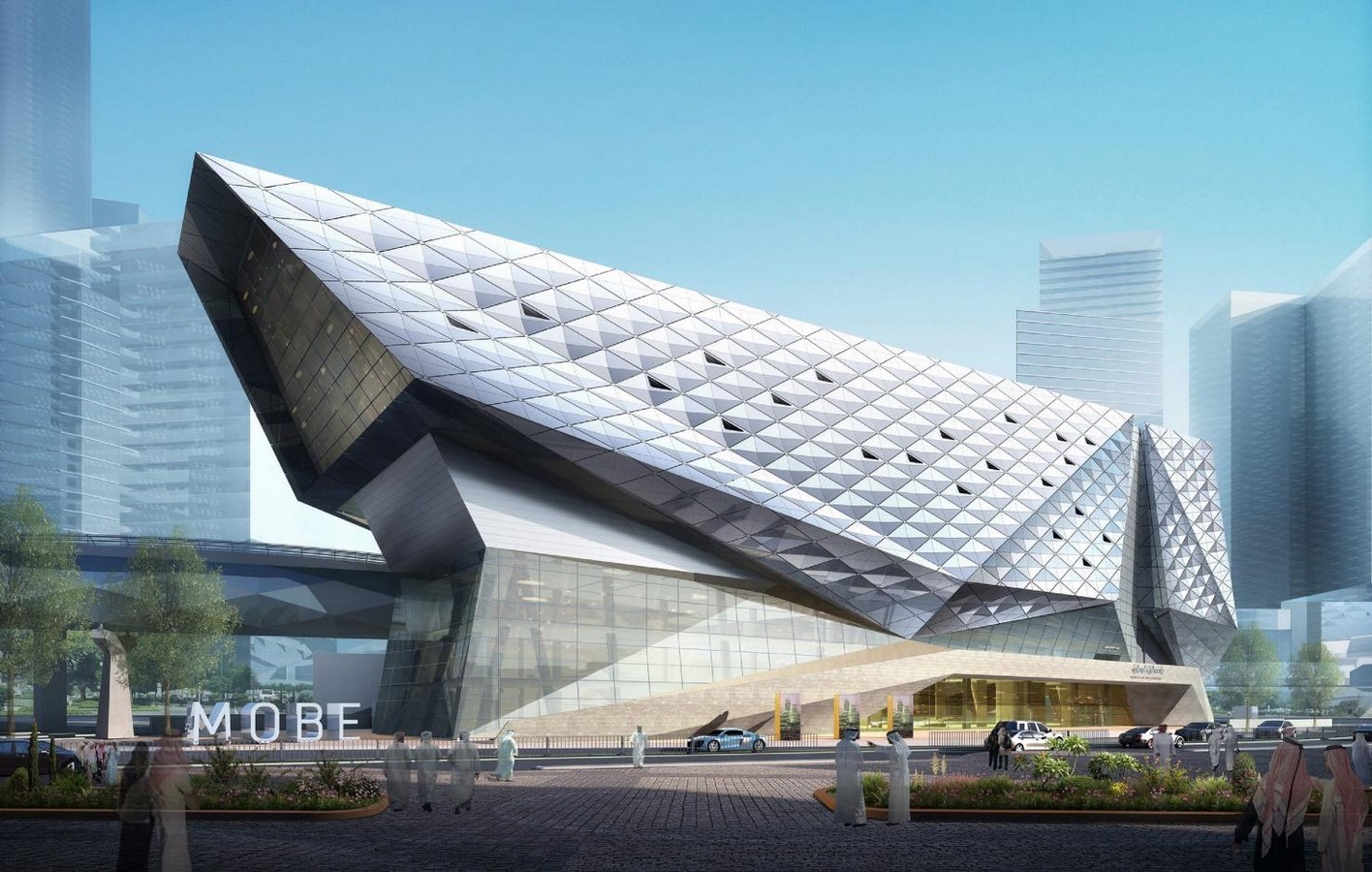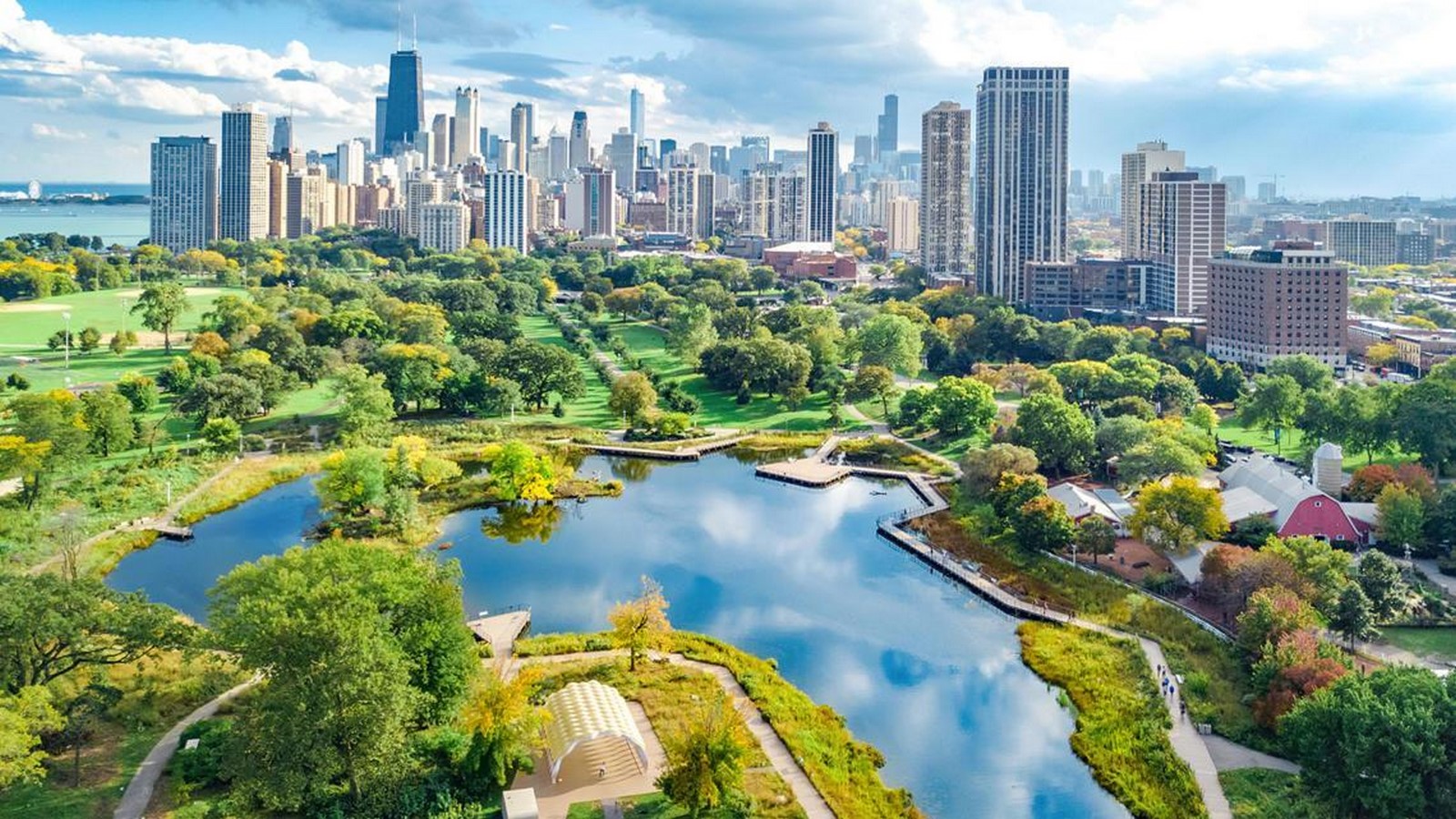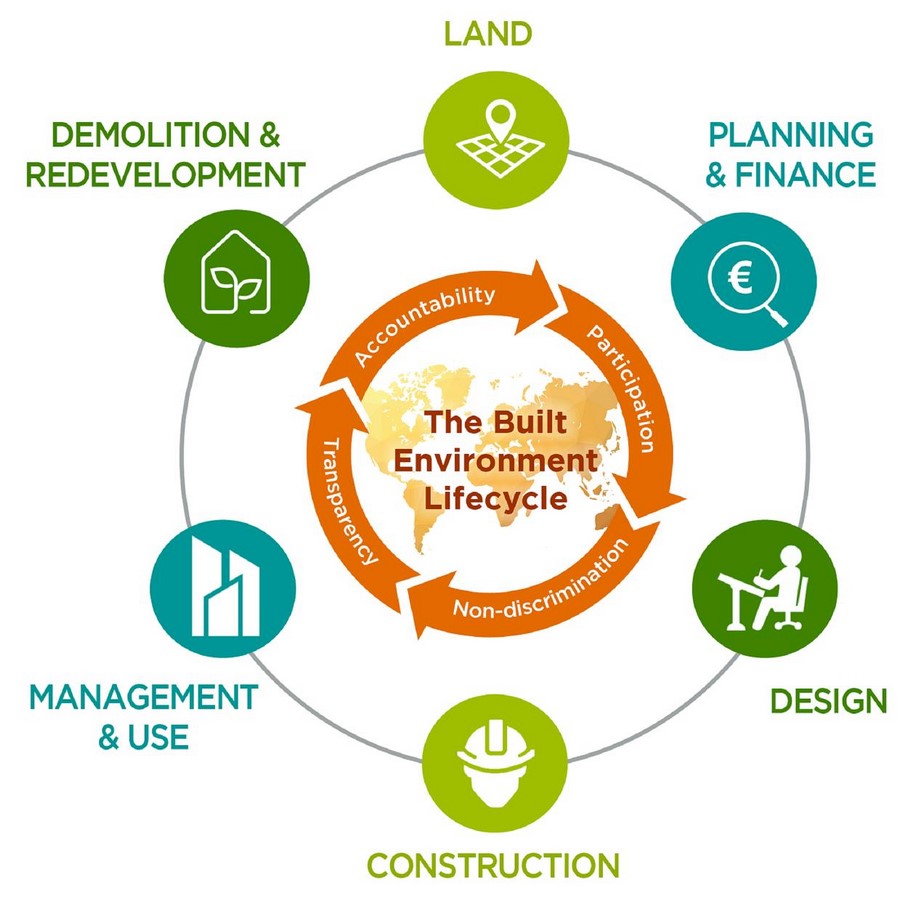The concept of interdisciplinary collaboration began in the schools of environmental-related studies, where various departments such as Architecture, Surveying, Urban Planning, Estate Management, etc were united into a faculty. This is to depict and reflect the typical scenario in the real world, where design teams bring on board their varying skills and knowledge to create a harmonious and sustainable solution to the built environment.
As the world’s population is increasing, there is a demand for sustainable development that must ensure the built environment is continually safe for habitation. Several factors are coming into play asides from the interior space of habitation, factors such as traffic, technology, BIM, Smart building management, etc. The Architect or Urban designer, cannot handle these increasing complexities and multiplying factors, thus the need for collaboration, both in the outdoor and indoor spaces.
In an industry such as the construction industry, collaboration is an important factor in the project process. Interdisciplinary collaboration involves putting several professions together to redefine a problem outside their normal boundaries and present a solution based on that understanding, that is workable. Complex construction projects commonly have many participants drawn from a wide range of disciplines and organizations forming a temporary interdisciplinary team to deliver a specific project. The supportive role of the built environment for human health is a rapidly growing area of interdisciplinary research.
The Built Environment | Interdisciplinary collaboration
The built environment refers to all the physical man-made structures and places built to support the activities of man. It includes buildings, roads, landscapes, parks, bridges, etc. As encompassing as the activities that make up the built environment are, that is how the professions and disciplines are. Built environment professionals cut across architecture, urban design, geo-informatics and survey, environmental-related engineering, estate managers, etc. Each of these disciplines has something in common with each other that binds the whole, and that is the habitable space of man.

Features of the Built Environment
As earlier defined, the built environment is made of physical things made by man for man. They include:
- Products: Materials made for the use and consumption of man.
- Interiors spaces: These are the end habitable units of man, demarcated by an organized alignment of walls within a structure to enhance activities
- Buildings: These are a strategic combination of related spaces, having both interior and exterior areas for use and habitation.
- Landscapes: These are exterior areas, set to patterned to accommodate buildings, relaxation, and other functions.
- Cities: A combination of neighborhoods, roads, buildings, and landscapes within a given geographic area.
- Regions: A group of cities of varying sizes and capacities, defined by common political, social, economic, and environmental characteristics.

Space Syntax and Genetics | Interdisciplinary collaboration
Spatial syntax and genetics cut across all fields in the built environment, considering the dynamic human needs, which are increasingly becoming complex. In response to this increasing complexity, collaborations from the related disciplines and professions will explore the best possible ways to manage such drastic changes. Space syntax and genetics however are the various techniques for spatial conjugations and configurations in the built environment, and it is perceived differently by the various project participants, which is the more reason such alliance is encouraged to tap into these views.

Example, beginning from the Urban Planner who marks out the zones and districts, to the Land Surveyor who maps the region into plots and establishes the coordinates, to the Architect that designs the individual spaces that will function in that plot of land within the city, to the Estate Manager who now takes care of the properties, they all need to have the idea of space syntax. The connections, the reasons for connections, the means of spatial integrations, the factors to consider before connecting spaces, the nodes, and relativity. These terms appear differently to each team member and must be harnessed, to create an acceptable design.

Benefits of Interdisciplinary Collaborations
Collaboration has different definitions, depending on its contextual use. Some refer to it as an alliance, relationship, or joint venture. The key purpose of built environment collaboration is to ensure a result, bigger than an existing model of collaboration is the use of the Building Information Modeling tool. It brings together all the various participants of the project into the collaborative design and project management. Building information modeling (BIM) is a strong collaborative environment that has been attracting the responsiveness of the Architectural Engineers and Construction (AEC) Industry.
Interdisciplinary collaboration creates team bonding and alignment. Asides from this, it also:
- It promotes a diverse understanding of the project.
- It harmonizes the project goals
- encourages individual productivity
- shows the inherent challenges in the project goals for the various units.
- Allows participants from diverse backgrounds to have different values, attitudes, and goals, which affect their interactions to resolve conflicts, communicate effectively, and exchange knowledge.
Design as a creative process does not follow any linear formula; it is a system that needs, in no particular order or emphasis, a grounding in the knowledge, ideation, introspection, confidence, some experimentation, iteration, and testing. It is a process that repeats itself in the life of a design as it develops.
References:
Built environment (2023) http://repository.futminna.edu.ng.pdf (date accessed 07 May, 2023)
Collaborative Professionals (2023) https://www.researchgate.net/publication/301215068_Learning_Together_Preparing_collaborative_professionals_for_future_practice_in_the_built_environment_industry. (date accessed 07 May, 2023)
Built Environment (2023) www.constructionplacements.com/.well-known/captcha/?r=%2Fbuilt-environment%2F (date accessed 05 May, 2023)
Professional relationships (2023) Research – Collaborations – International Society of the Built Environment (ISBE) (date accessed 07 May, 2023)
Built environment (2023) What is Built Environment | RICS School of Built Environment (ricssbe.org) (date accessed 07 May, 2023)















